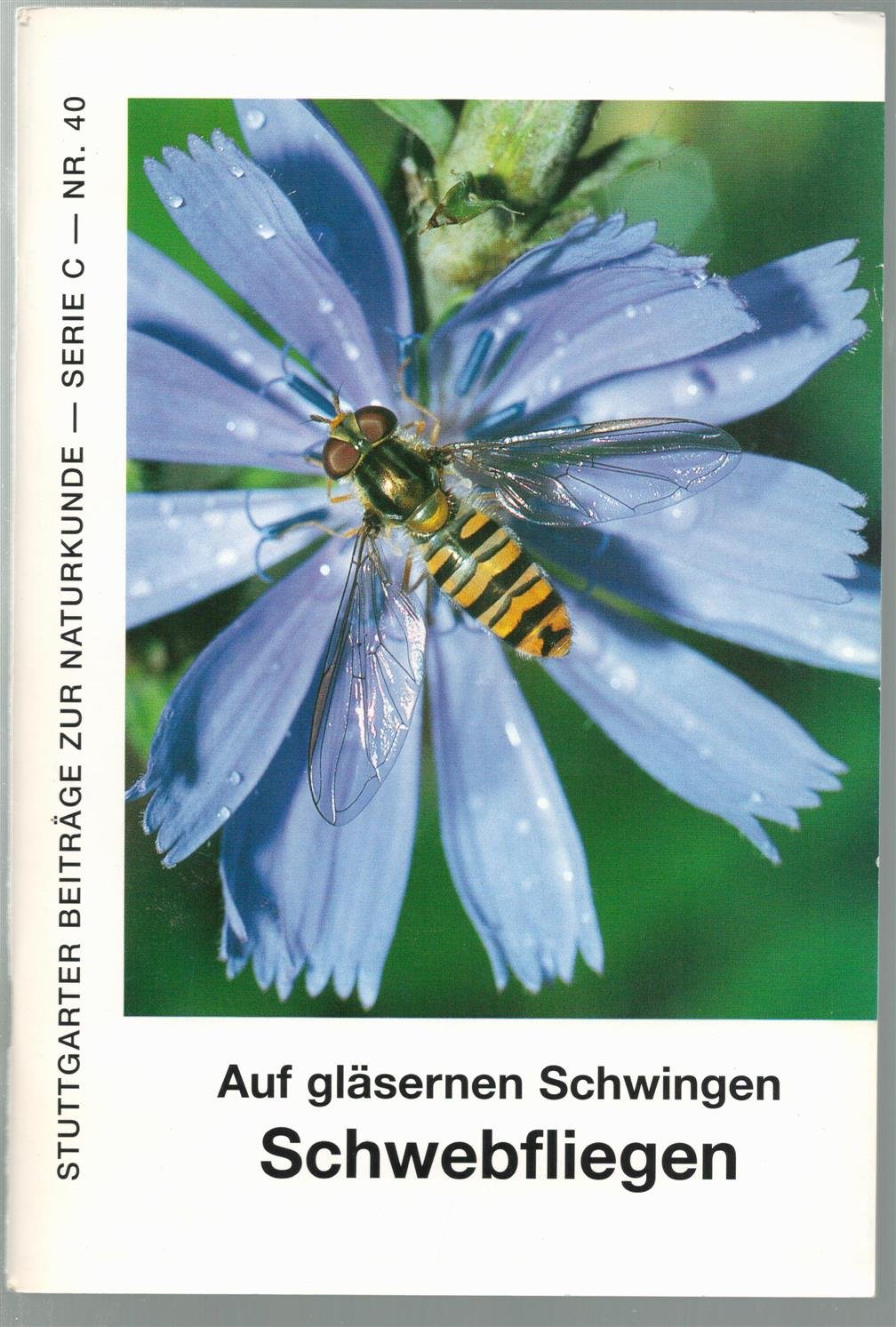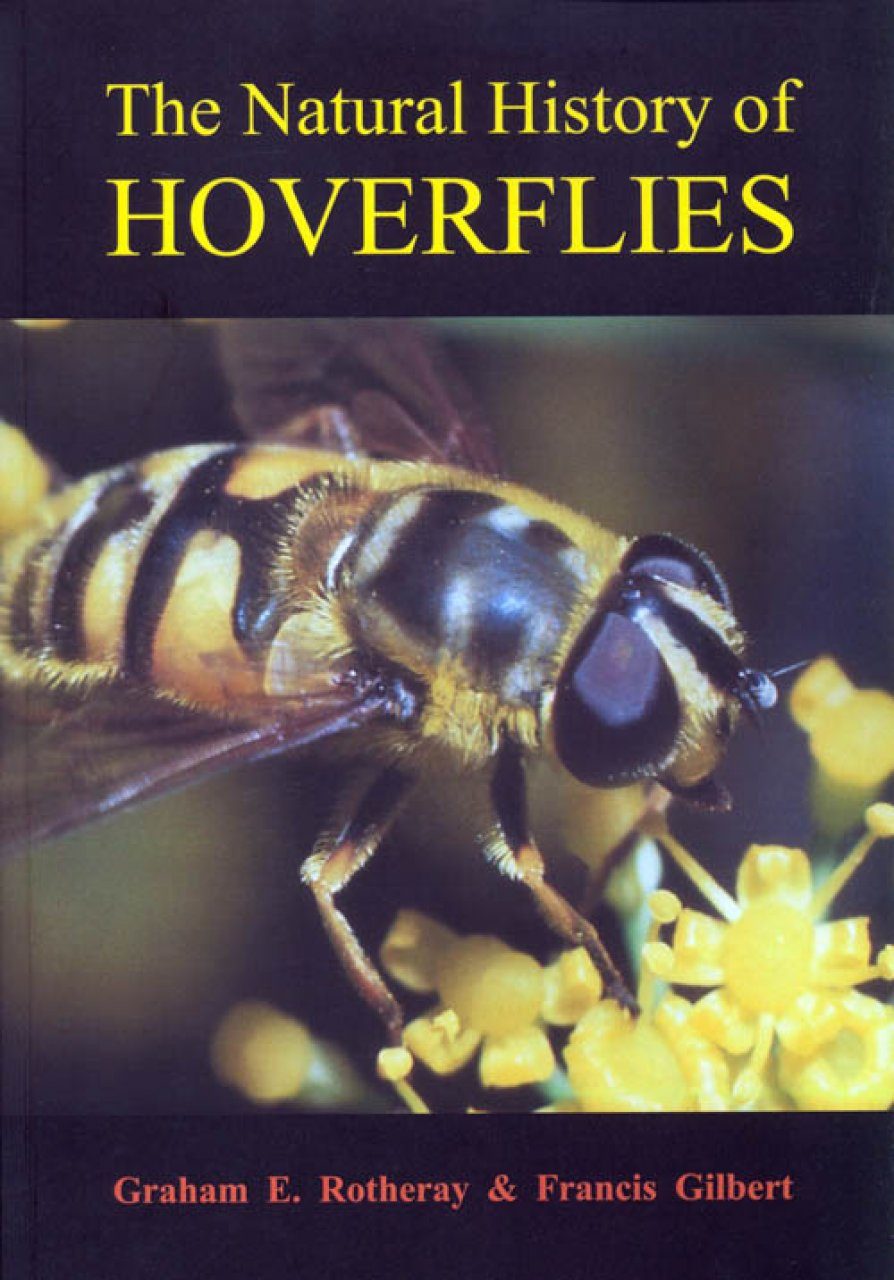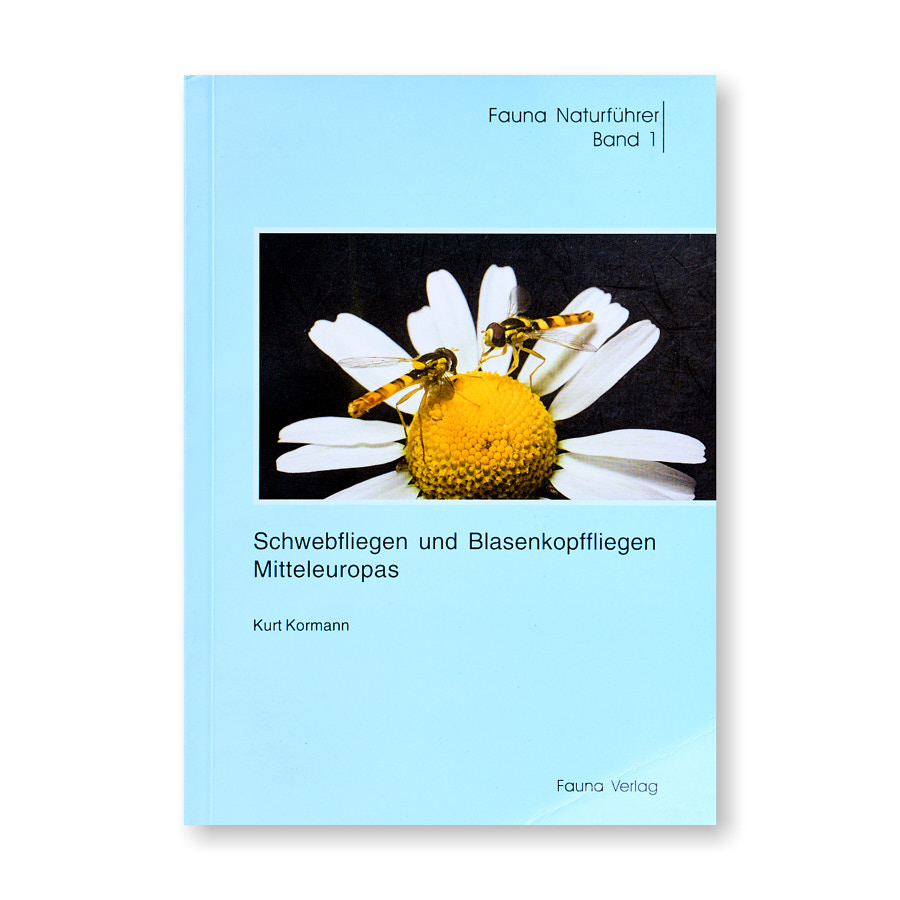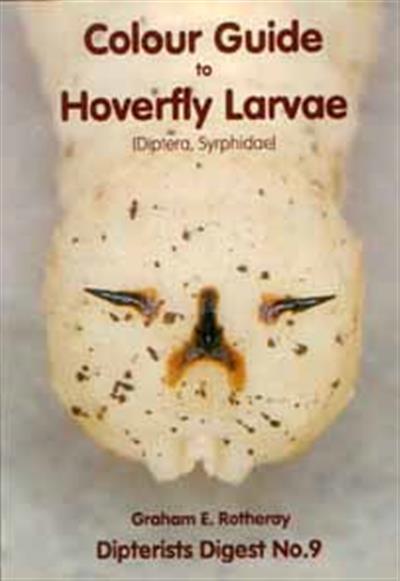Syrphidae identification resources part 1: Introduction
(focus: Germany/ Europe, Version auf Deutsch: Link unten auf der Seite, allerdings weniger ausführlich!)


.png)






Introduction (Natural History and Anatomy) -
Schmid (1996): Auf gläsernen Schwingen. Schwebfliegen. Stuttgarter Beiträge zur Naturkunde. [German]
A short introduction to natural history with information on ecology and conservation, among other topics.
Rotheray, Graham and Gilbert, Francis (2011): The Natural History of Hoverflies. Forrest Text.
A detailed introduction to the characteristics, behavior, ecology and evolution of hoverflies.
SPRING-Project (2021-2023): hoverfy anatomy:
https://pollinatoracademy.eu/knowledge-center/hoverfly-anatomy-search-tool
SEARCHABLE MORPHOLOGICAL NOMENCLATURE
Also, find more identification resources for European Syrphids here: https://pollinatoracademy.eu/knowledge-center/filter/pollinator-group:hoverflies-syrphidae/i-am-looking-for:identification-keys-and-field-guides
If you would like a more schematic introduction into morphology, you can find it here: https://dipterists.org.uk/morphology
Identification (Introduction)-
Sarthou, Sarthou, Speight (2023): ILLUSTRATED KEY to the genera of European hoverflies: https://zenodo.org/records/8248935
Ball, Stuart and Morris, Roger (2013): Britain's Hoverflies. A field guide. Princeton University Press
Clearly laid out, provides a good way to identify genera and (at least) common/notable species with very good photographs and, in some cases, summary tables. 167 of the 283 species occurring in GB are presented, so there is a large overlap especially to northern Germany. Recommended, if you want to start with the identification of hoverflies! [it is based on Stubbs and Falk (2002), see further literature].
Bothe (1996): Schwebfliegen. Deutscher Jugendbund für Naturbeobachtung (DJN). [in German]
Intended as a field identification key, therefore of limited use for some genera, also somewhat outdated. Nevertheless (considering the limitations) a usable key (in German). The key has a focus on the veins on the wings for identification. Originally published together with color plates. Key and color plates can be borrowed from the DJN library
Schulten, André. Zweefvliegen van Nederland en België. Jeugdbondsuitgeverij, 2018 [in Dutch]
Intended as a field identification key, a combination of a key and species portraits, latter include photos and drawings, often with a side-by-side comparison of specific traits. Recommended, if you want to start with the identification of hoverflies!
Schulten, André. Fotogids ZWEEFVLIEGEN (2014) [in dutch]. https://waarneming.nl/download/fotogids_Syrphidae.pdf
Photo-Guide for hoverfly identification
Kormann, Kurt (2002): Schwebfliegen und Blasenkopffliegen Mitteleuropas. Fauna Verlag
Introduction to ecology and identification of some common hoverflies. Suitable as an introduction, especially if looking for a German-language work [but much less comprehensive than Ball and Morris (2013) or Schulten 2018, which offers a more detailed introduction and better presentation of characteristics relevant to identification].
Bastian, Olaf (1994): Schwebfliegen. Die neue Brehm-Bücherei.
Introduction to the ecology of hoverflies and identification key (for imagines and larvae!), but already outdated - the 1994 edition is an unchanged reprint of the 1st edition of 1986.
Rotheray, Graham (1993): Colour Guide to Hoverfly Larvae - Diptera, Syrphidae - in Britain and Europe. Dipterists Digest
Introduction to ecology and identification, identification key and color plates of hoverfly larvae. Free download here: https://diptera.info/downloads.php?cat_id=4
identification literature recommendations in German on the website of the DJN: https://www.naturbeobachtung.de/naturkunde/bestimmungsliteratur-emfpehlungen




Comentarios
Agregar un comentario